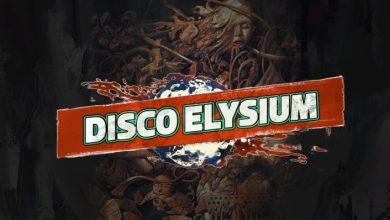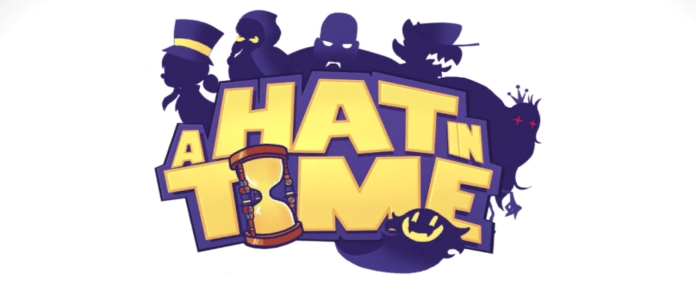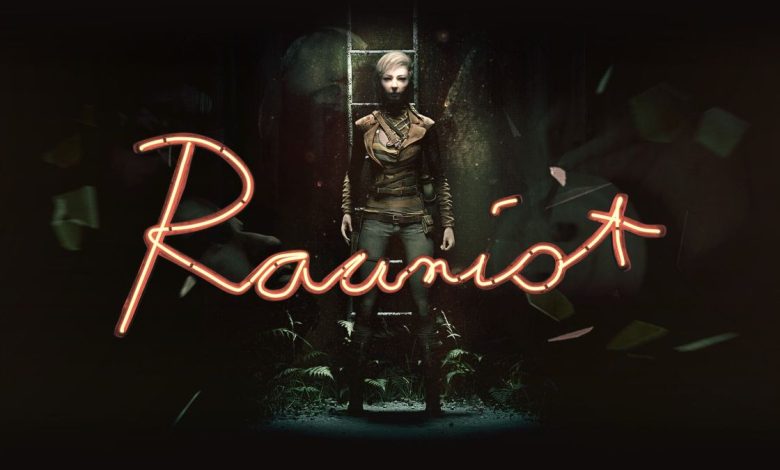
RAUNIOT
Act Normal Games' Rauniot is an isometric point and click adventure, set in a post-apocalyptic world somewhere in northern Finland.
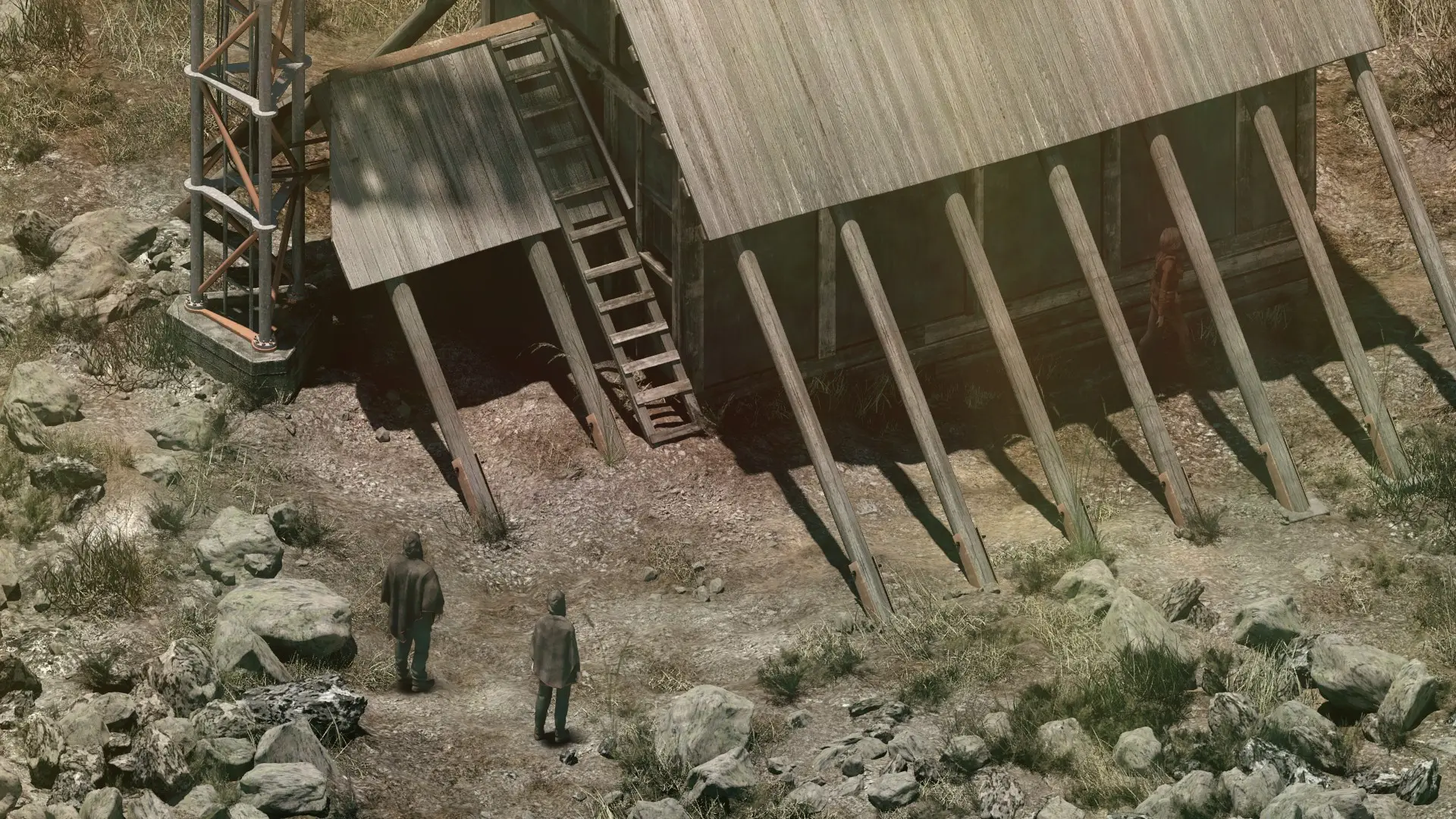
In the game's alternate history, in 1975, an unspecified massive natural disaster, followed by explosions at several nuclear power reactors, led to the near-total annihilation of human civilization. Hundreds of dead, starvation, disease, monstrosities, cannibalism, a return to barbarism.
A few, scattered small communities are trying to preserve the basic ideals of the old civilization, and survive with dignity. We, as players, take on the role of Aino, who comes from one such community, though we never get to see it. We are assigned the mission to follow in the footsteps of another member of the community, Toivo, who disappeared while trying to discover if and where there is a marvel of technology, a nuclear-powered train that could make an excellent shelter, if it is intact.
Rauniot begins with our arrival at an abandoned gas station somewhere in remote Lapland, Toivo's last known location. The game begins by showing off its strongest cards, detailed environments, atmosphere and Aino's very good animation. Perhaps against expectations, the exploration of the exteriors is set against a sunny backdrop. However, the proper use of the color palette never lets you think for a moment that the overcast setting is anything other than a frozen, ruined wasteland.
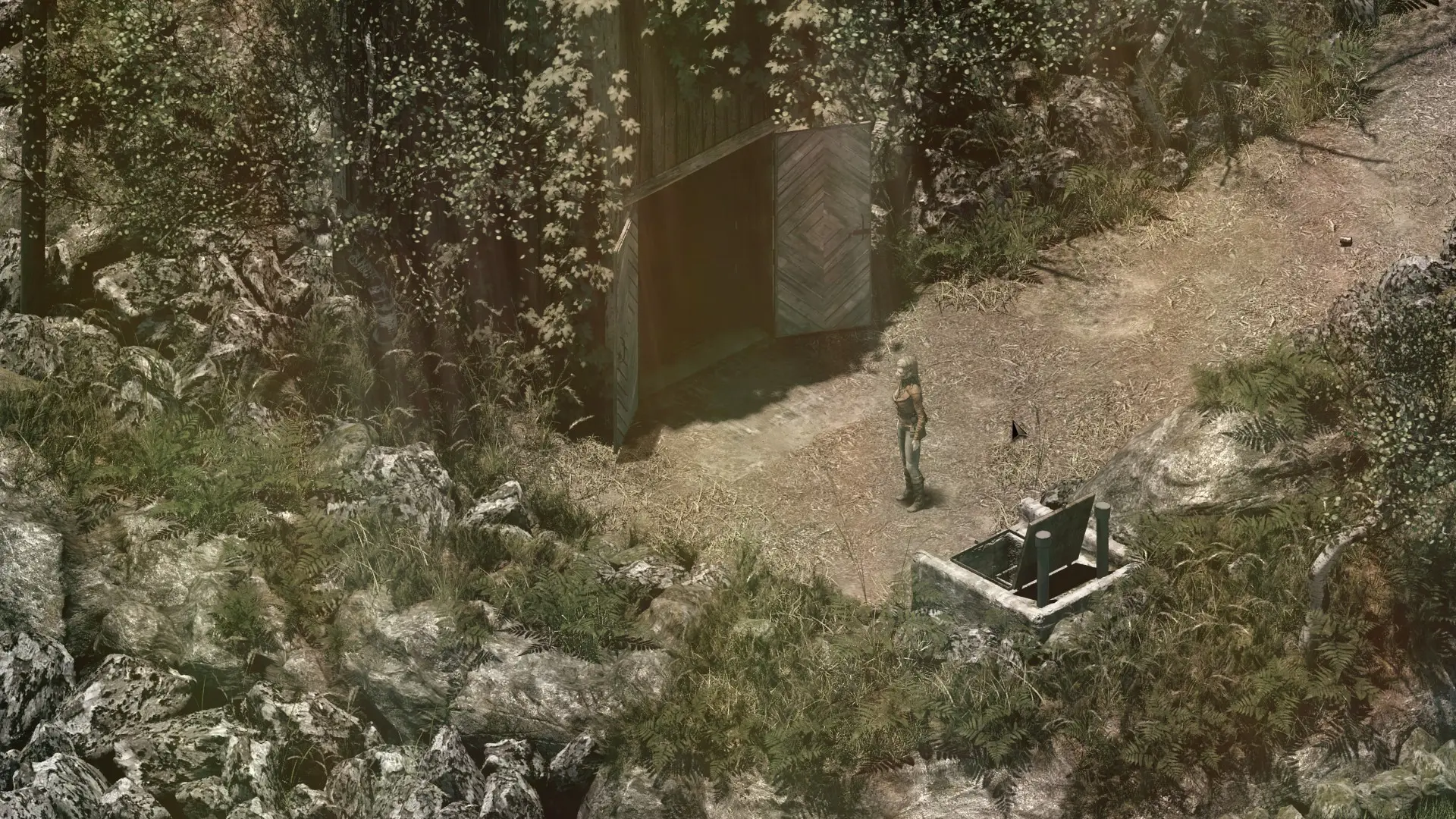
The interiors are closer to the drab, half-submerged-in-darkness settings we're used to in similarly themed games. All of this is presented with the help of the Visionaire Studio engine, which adventure gamers are probably familiar with from the excellent results it has given us at the hands of the erstwhile industry stalwart Daedalic. In any case, in Rauniot it presents an excellent result, with the minor dissonance of somewhat longer than expected location load times, and save/load process. Spoken dialogue is only available in Finnish in-game, with subtitles in other languages. The only exception is the English voice-over of the introduction video.
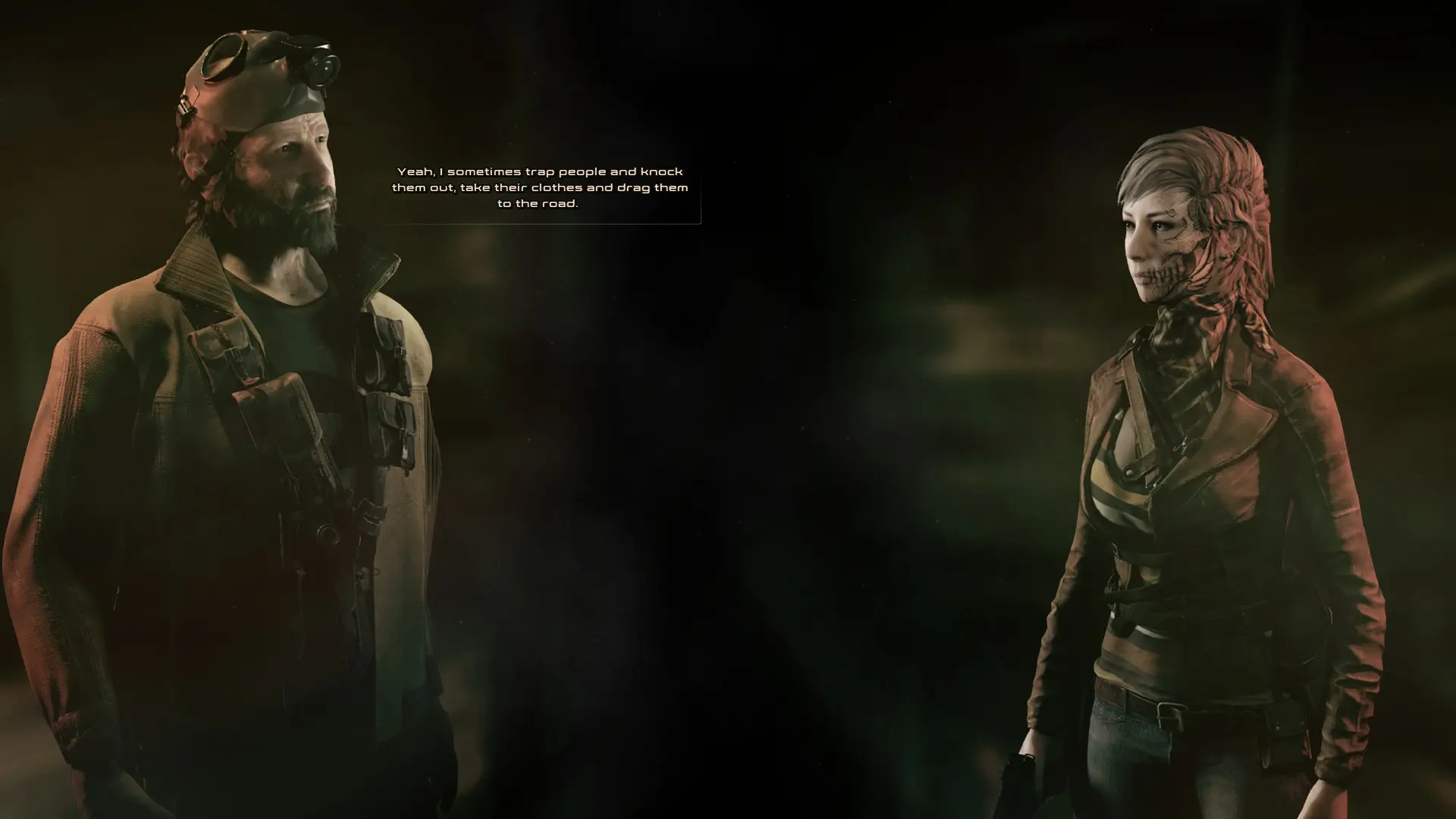
Despite the initial positive impression, it sooner or later becomes apparent that Rauniot is quite idiosyncratic, with significant "yes, but..." in several important areas of the game. Let's look at them one by one.
First, in the UI. Controls are simple but functional. We have at our disposal a journal where our objectives are automatically recorded, a map that also works as a quick travel, and the classic inventory where we can carry whatever we want without restrictions. The journal and the quick travel map are excellent quality of life features, especially the second one is a lifesaver and makes engagement with the game much more enjoyable. On the flip side, however, a hotspot indicator shines through its absence, which makes searching for objects in the detailed but limited colour contrast environments a headache. Also, Aino will most of the time pick up everything, expected given the unlimited inventory - but other times, she'll just refuse and say "oh, let me remember where this is so I need it", with no apparent logic. A prime example is her toolbox, which we have to visit every time we need another different screwdriver.
At this point, I can't help but comment negatively on one of Rauniot's strangest design choices, the frequent close-ups of Aino's eyes when she examines an object she deems worthy of comment. At a certain point, it flirts with the borders of the ridiculous.
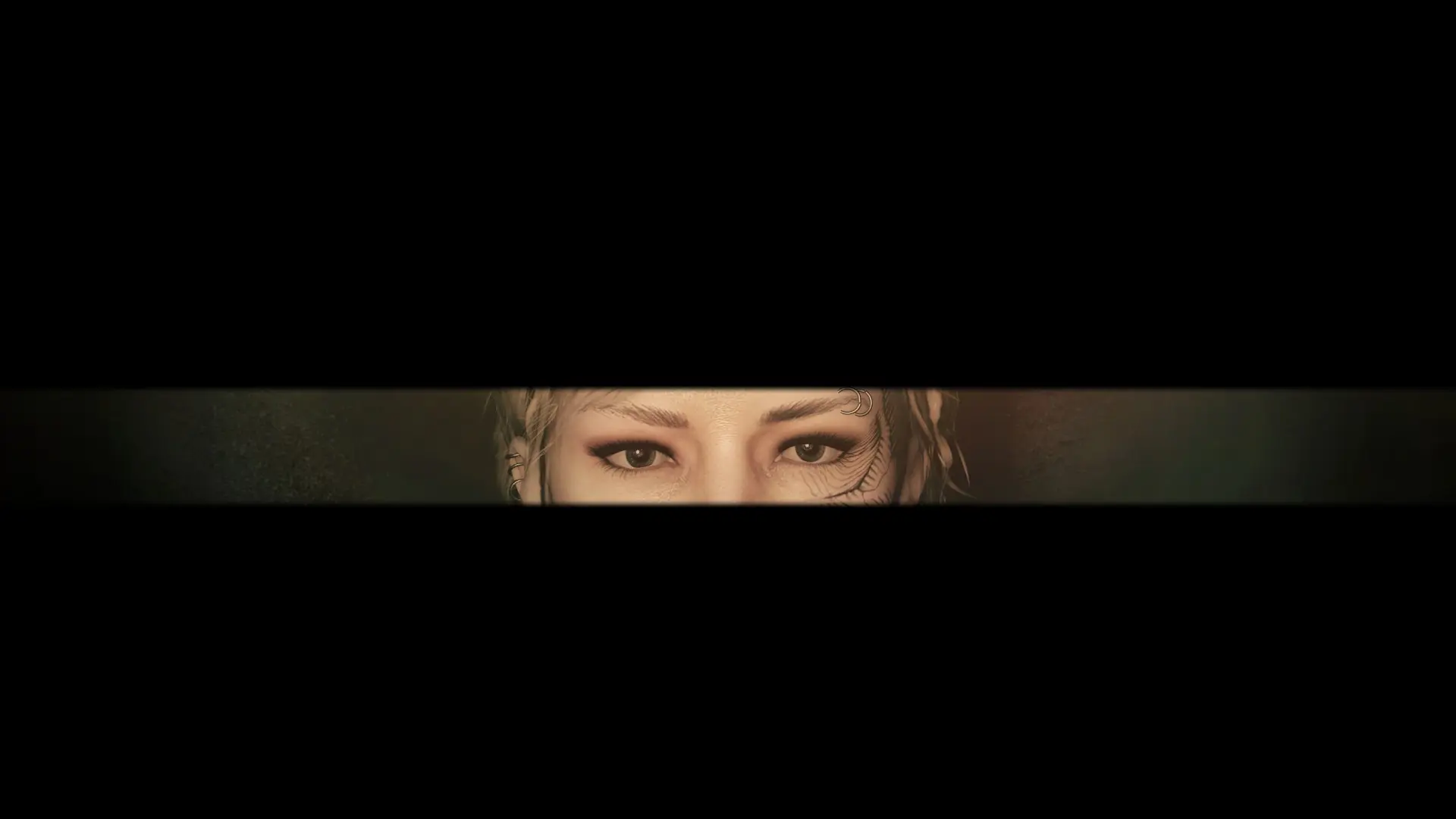
Clearly most of our time with the game will be spent exploring the surrounding areas and settlements, trying to enter certain shelters. Finding and understanding the right clues, data and codes is the best part of Rauniot. Where it again breaks down is in the interaction with other characters. We meet just five other characters during the adventure, and each time it follows a similar pattern - exploring the environment for an hour or two without seeing another soul, and suddenly meeting a new character whereupon a lengthy infodump in Finnish follows, with subtitles in very awkward, sometimes just plain broken, English. I'm in no position to judge the quality of the dialogue in its original language, but the English rendition is mediocre, and certainly spoils some chunks of the atmosphere.
In general, Rauniot seems to have been created with a lot of care in certain areas, especially when it comes to the detail and atmosphere of the environment, but at the same time it suffers from so-called jankiness in key areas that don't let it stand out.
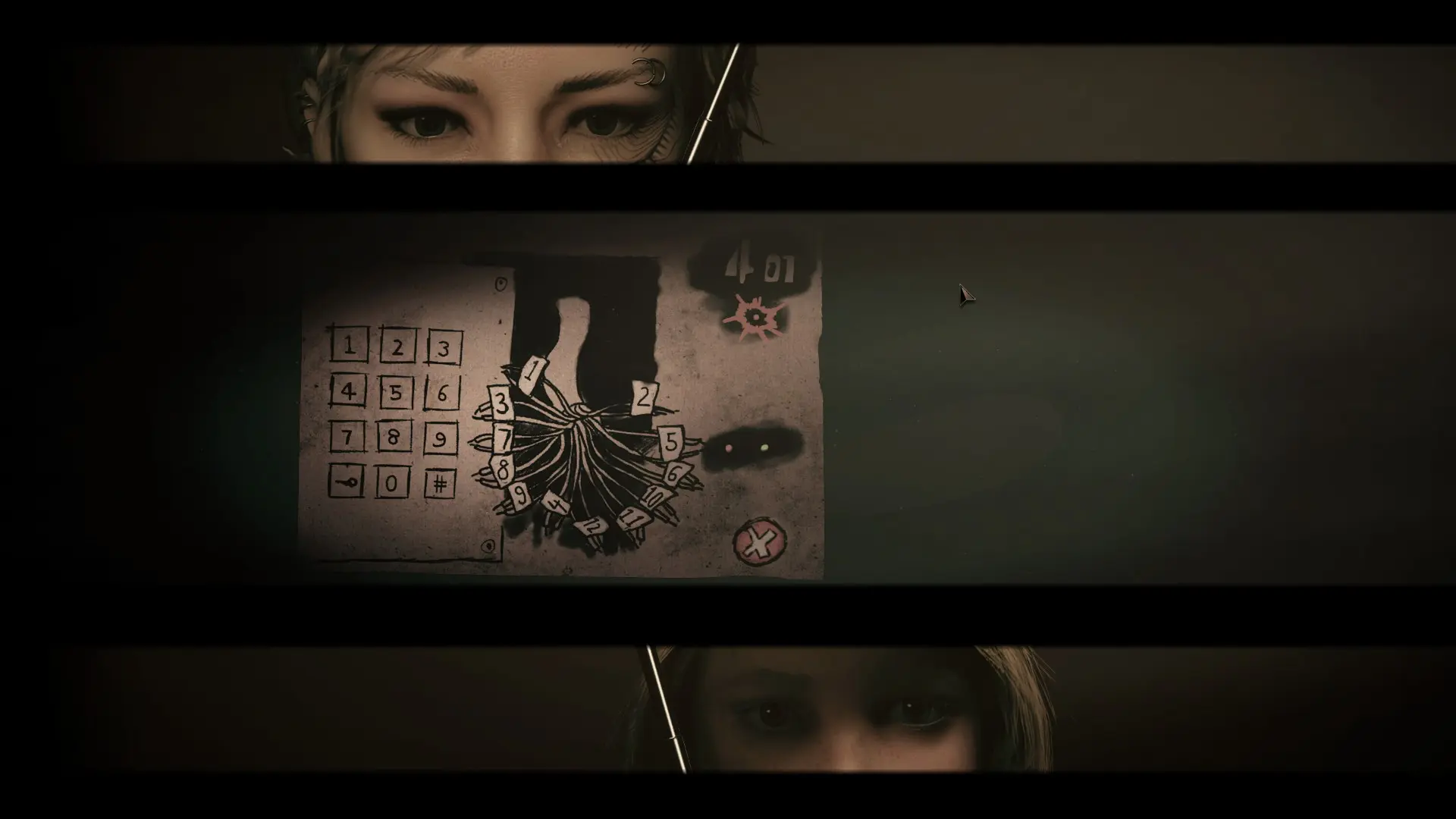
I don't intend to exhaust my rigor in what is essentially a one-man passion project with help from friends and acquaintances, because this is essentially Act Normal Games. I also take it for granted that for some players the jankiness I mentioned above will act as a post-apocalyptic atmosphere booster, and maybe one day they'll mention Rauniot as a cult gem on searchable YouTube lists. For my part, however, I can only testify to my own experience, and that is that Rauniot's missteps prevented me from being absorbed by its otherwise evocative atmosphere.
RATING - 70%
70%
Ruins and debris.
Rauniot honestly tries to deliver a grim tale of post-apocalyptic horror, but only partially succeeds, with a series of missteps preventing it from really standing out.






